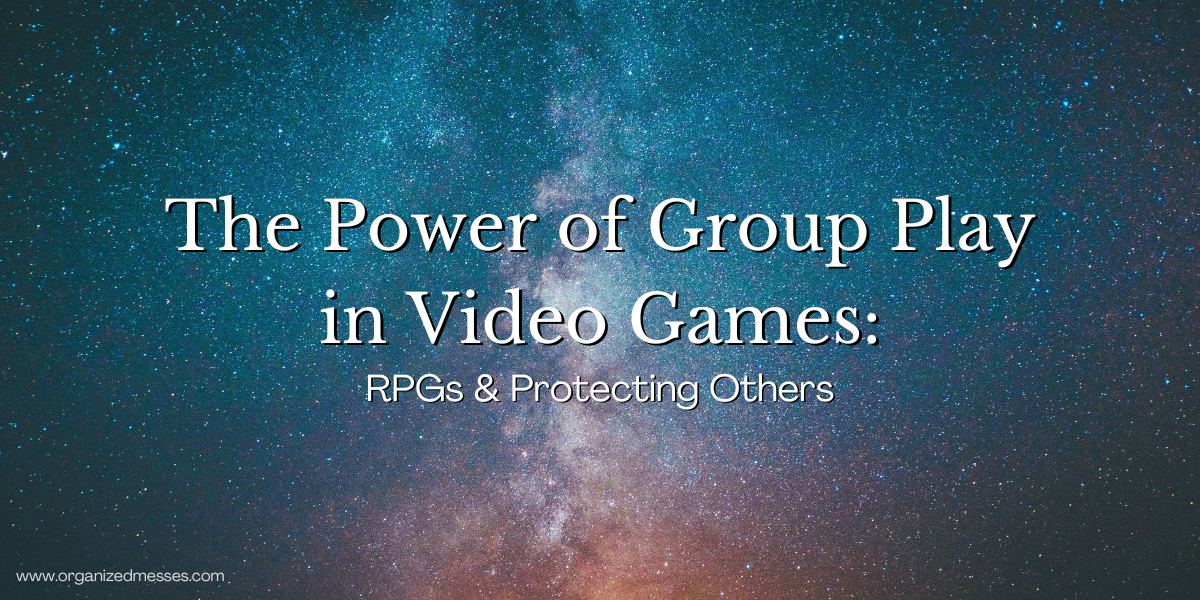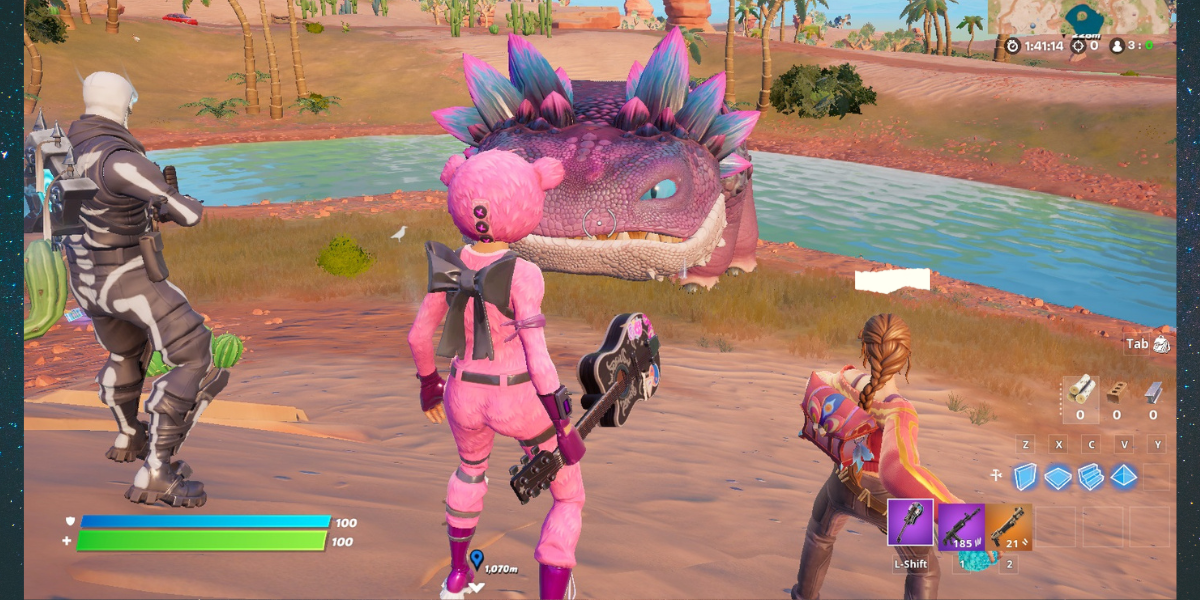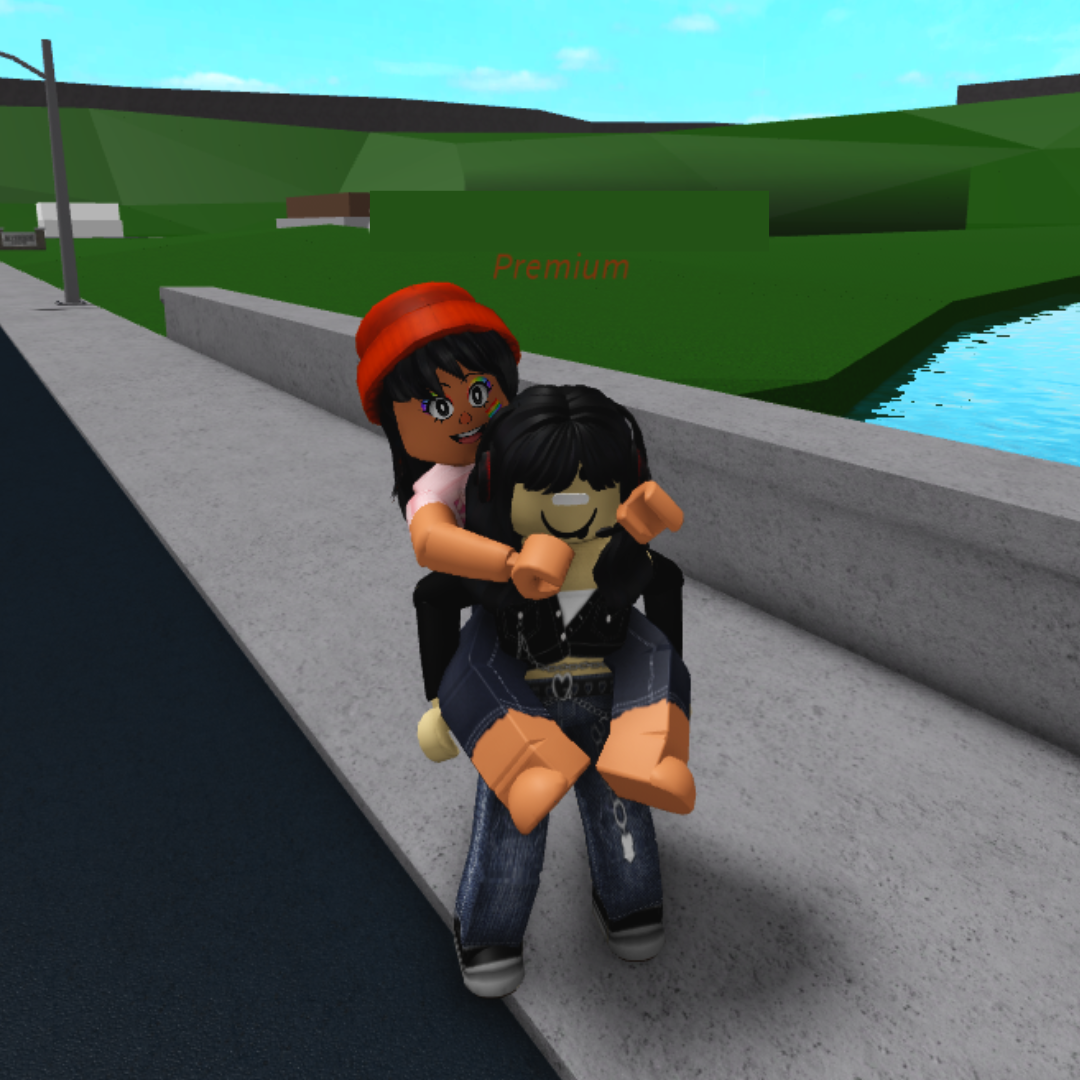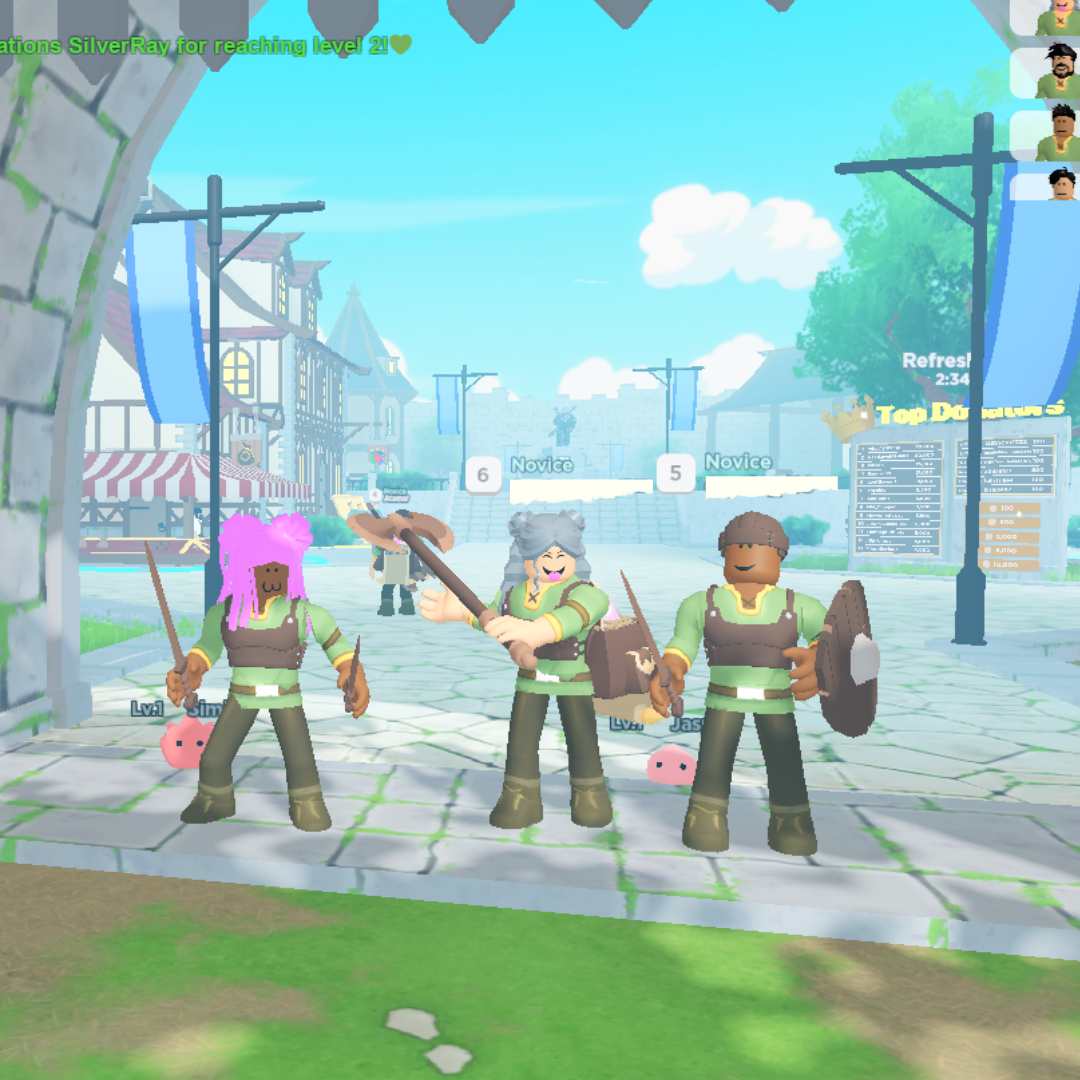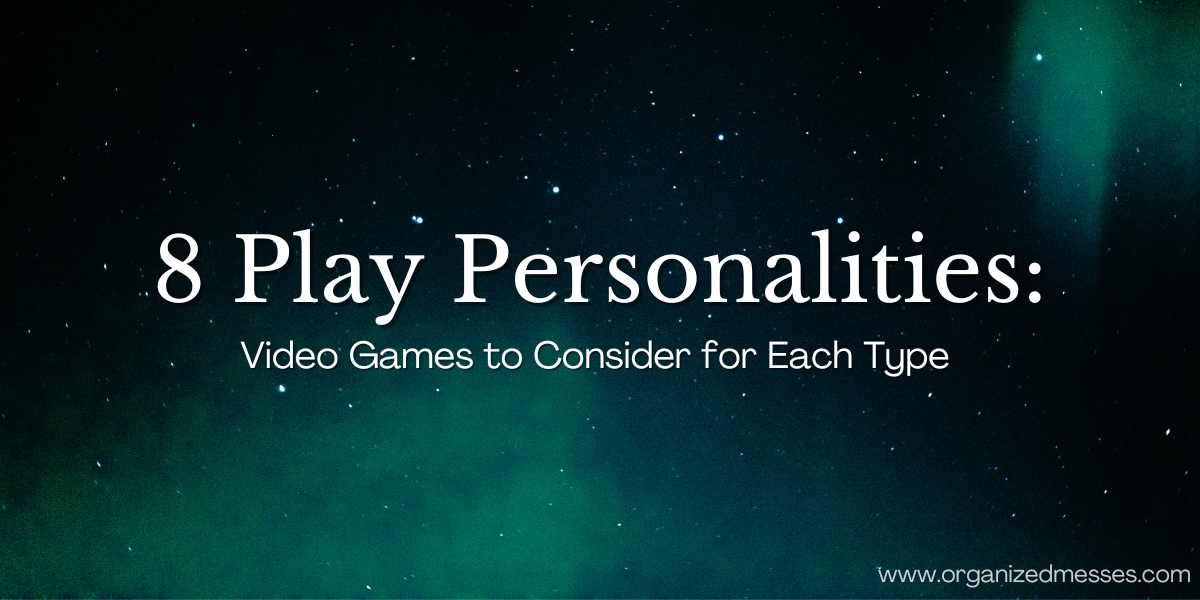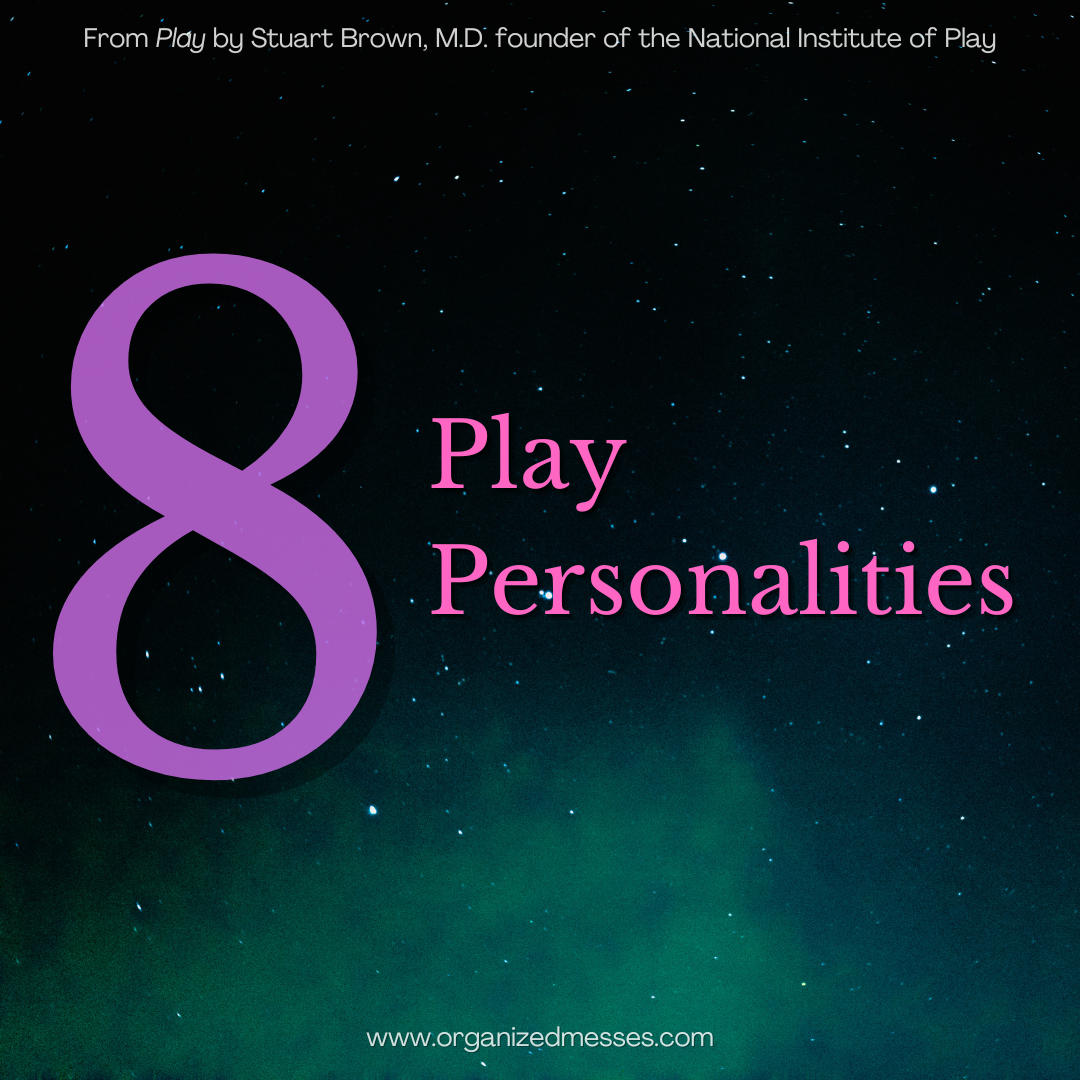Every week I get to fight creepers with young gamers in Minecraft and other games. The funny thing is that I suck at most of them, but kids want to play with me anyway. My niece and nephew (or clients) become the masters of their world where a trusted adult can see who they can be and what they wish to explore. By observing and accepting the characters and roles my gamers choose, I am able to better understand their strengths and the importance of these roles in their lives.
I will write in terms of working with children, but this applies to people of all ages. There is no age limit to play and explore through play.
Reframing Video Games, Play, and Archetypal Exploration:
Play is the natural language of children. It is a universal way to connect, practice life skills, and attempt at trying to make sense of the world around us. We see children wanting to dress up like their parents, repeat behaviors and phrases they heard, and pretend to be someone or something they saw in a storybook, film, or in the outside world. Through these repetitions, we can incorporate a sense of understanding, perspective, and possibility into our lives. Preschool teachers, parents, play therapists, and educators are some among many who can use play and the language of play to facilitate growth, but also, to nonverbally understand the inner workings, strengths, and hopes of children. There are many benefits to playing, and video games are one way to channel and experiment in a world that continues to feel overwhelming, curious, and chaotic.
Screenshot, Fortnite, property of Epic Games
Discovering New Curiosities & Adventures With Video Games
In the image above, I am playing Fortnite with my niece and nephew. We are running around the map looking for the dinosaur creatures named Klombos. There are several Klombos scattered around the map, and the kids were excited to find them all. We used our microphones and markers on the map to communicate together. A few things were inspired by the initial dino discovery:
The Fortnite map is not small, so we had to agree on initial places to explore, and call out to ask for help if we were fighting (other characters or nonplayers characters, NPCs). This is something we’ve worked on. In the past, the kids got caught up in stress where they forgot to ask for help, or they thought they were invincible and did not need help.
This modeled and practiced team building, emotional regulation, and stress tolerance.
My niece also has an interest in drawing and recently learned about the scientific method in class. She got a notebook and wrote down the details of each Klombo and sketched them.
This can help with working memory, something many neurodivergent people need extra practice with. Might as well throw in fun ways to practice recalling facts and details!
Together, we named them. We also imagined what their personalities were and looked for berries to feed them. There was a limited amount of berry bushes so we took turns picking them, which practiced the executive function skill of flexibility.
My nephew started dictating the descriptions of the areas we found the dinos so we could find them again.
We practiced using the cardinal directions of North, East, South, and West with landmarks to better communicate and navigate as a team.
Many ND kids and adults have a poor sense of direction and spatial awareness. Practicing navigating on a virtual map is safer and helps with learning important life skills.
We all asked questions about their relationship with other dinosaurs and took turns riding them in-game.
Outside of the game, the kids were able to start conversations about dinosaurs and find books and other media to explore. Although the discovery was virtual, my niece and nephew created a real memory with their auntie. We got to explore a world together where we found dinosaurs, fed them, and took turns riding them.
Role-Playing & Archetypal Exploration
Fortnite screenshot, kids teaching me how to build quickly (property of Epic games)
There is a power in role-playing and fully immersing oneself in the world of pretending. Especially as children, there may be a limited definition of belief of what our roles are and who we can be. When we are little, there may be an inclination to wish we were part of the rich worlds of our heroes. In games with avatars, there is the element of choice and experimentation.
The question of “What if?” is very much honored in the world of pretend and virtual play.
What if we could build into the sky?
What if we had endless building supplies? What could I build?
What if I were The Flash or Captain America? What does it feel like to be as powerful and fast as them? And when you play as them, you can believe: “I AM as fast and powerful as them!”
In certain games, we need a range of roles to make a strong team. Sometimes we can choose the same roles. This is a great exercise in flexibility and team building. Each person can contribute important gifts, even if they are “support” like healers and ranged damage. Not everyone can be or wants to be the tank.
And if you want to try tanking, it’s safe to try it out together.
In a world of big people and rules, chaos, and uncertainty, virtual play can be a great release and place to practice putting on different identity hats safely. It also helps with repetition, something brains need to learn new skills as well as incorporate new truths of who they can be.
Outside games, we may have a certain role or expectations others give us. Trying on different identity hats in games gives freedom for possibility. And again, it offers safety to try it here, leave it, or take it with you when you’re ready.
As social beings, we need validation and mirroring. When a gamer comes to me with any role or character they choose, that is them in our time together. I can offer acceptance as they explore parts of who they are or identities they are curious about.
Growing up or living in marginalized, dismissed communities can create lifelong masking where we hide a lot of who we are. Sometimes we forget and maintain the masks for so long, that we need a bit of practice to take the mask off. Games and play are powerful and safe ways to provide this opportunity.
Kids Teaching Adults, Gamers Teaching Their Coach
Me literally being carried by a kid in a Roblox game LOL
In this Fortnite screenshot (above), kids are showing me how to build very quickly. I love that I am a bad gamer. In almost every game I play with kids, I have a learning curve with learning the terminology, how to survive, or basic gameplay. Sometimes I never learn to play well, but the kids adapt. They can play with their more skilled friends later. Our time together has a different meaning.
Kids and gamers can teach me how to “mod” a game, create new characters, find items on a map, or finish a series of quest objectives.
The neat thing about playing virtual games together is there can be an organic development of roles. We have a range of choices where I can be supportive and hold items for my teammates. My gamers, who are usually very skilled, can be the main heroes with an added layer of mastery and displayed competency when teaching me.
Additional Reading: What is Mastery Learning Model
When used in certain ways, video games and play intuitively adopt the Mastery Learning Model (I didn’t know it had a name!) where lessons are student-led. I get to indirectly assess for and test out a range of executive function skills when playing together. Social-emotional and cognitive skills are also mapped out where I can learn the person of the gamer with me.
For our hour together, my gamers assume the role of teacher and guide. It’s something potentially empowering and important for those who are sensitive and quiet and have histories of being misunderstood. They can take this feeling and memory with them outside the game.
And when the game is too difficult, I can help remind them even an ancient lady like me isn’t perfect at everything. We can play for fun, and the challenge to improve. If and when we overcome a challenge, great. If it doesn’t happen, we are still valuable, and the time spent together is worth having.
Protecting Others in Virtual Adventures
Screenshot of game in Roblox, party with 3 heroes
With countless online role-playing games there is a chance for a gamer to be someone’s protector or healer. Depending on the individual archetypes of a person, practicing protecting someone could be an effective way to practice and internalize a feeling of confidence and strength.
Many in the neurodivergent community have their voices and needs silenced, ignored, or minimized. It makes sense why we escape through special interests and the virtual world so often. We can use our interests to strengthen our voices and advocate for our needs.
Children live in a world where people are telling them what to wear, where to go, what to eat when to sleep, and how to think. It’s a lot of direction. Playing roles that facilitate a range of strengths to support others is a playful way to develop autonomy and confidence.
In the Roblox game screenshot, my niece and nephew started a new game with me. They led the fights and directed where to explore. “Let’s go here first! I have a shield so I will protect you, auntie.” I was so proud of them for taking steps towards fighting bad guys and helping one another meet quest objectives.
Make it applicable. When your gamers are displaying skills and strengths, name them. Show them how these are real parts of themselves and that they can be applied outside games to specific areas of life.
Elden Ring Screenshot, developed by FromSoftware, published by Bandai Namco Entertainment
It’s virtual play AND real memories of being brave, fighting that monster, trying something new, and helping their ancient life coach pass the dungeon.
I love playing fighting and dungeon games because I get to see how brave, patient (because I die and get lost a lot) and strong my gamers can be for others. Whenever I “die” (because I am gonna die multiple times for sure), my gamers can fight on my behalf and be a little braver than they thought they were for someone they care for.
We, adults, care for and protect children. The hope and want is over time, our kids learn to be brave to venture into the unknown. While we have precious time together, we can protect our kids from certain things. If and when they face hardships, the hope is that we have a foundation of memories where they were allowed to be brave and practice in safe environments over time. And as life happens, the games will still be there to practice being brave again when we forget. Some of us need the safety of our games to test reality out, have emotional outlets, or escape for a little. All valid reasons to play. It’s an ebb and flow of life circumstances, and using games with intention can be one of many tools and memories we can offer those we care for.
Additional Reading:
What Being a Hero in Video Games Teaches Us - blog post
Failing Forward as a Young Divergent Thinker - blog post
Why Kids Love Minecraft & How it Benefits Them - HuffPo contribution
Boonie’s Thoughts on Video Games - YouTube Playlist
